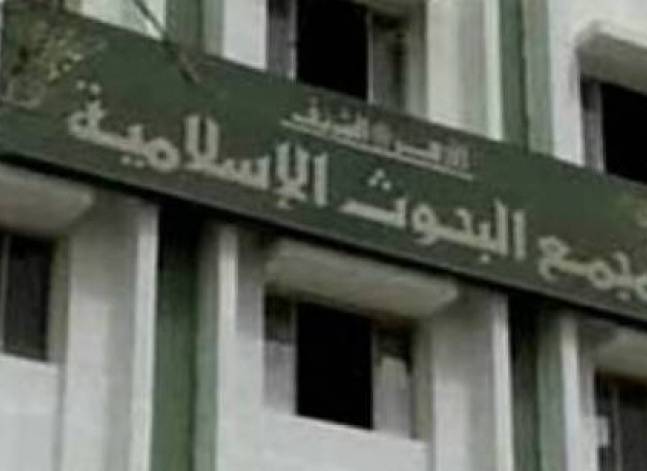Latest NEWS
- Aswat Masriya, the last word
- Roundup of Egypt's press headlines on March 15, 2017
- Roundup of Egypt's press headlines on March 14, 2017
- Former Egyptian President Hosni Mubarak to be released: lawyer
- Roundup of Egypt's press headlines on March 13, 2017
- Egypt's capital set to grow by half a million in 2017
- Egypt's wheat reserves to double with start of harvest -supply min
- Roundup of Egypt's press headlines on March 12, 2017
Experts weigh in on soda can bomb theory

Images released by ISIS magazine Dabiq released online purporting to show the explosive device used to bring down the Russian plane in Egypt Sinai, on Oct. 18, 2015. Snapshot from magazine
By Menna Zaki
CAIRO, Nov. 19 (Aswat Masriya) – When Islamic State Fighters in Syria and Iraq (ISIS) published a photo Wednesday of the improvised explosive device (IED) they allegedly used to bring down the Russian jet in Sinai last October, the revelation triggered a combination of shock and disbelief.
The photo of a Schewppes Gold soda can, next to it two wire and cord formations that appear to be the makeshift trigger of the alleged device was published on ISIS rag Dabiq, with a caption “EXCLUSIVE- Image of the IED used to bring down the Russian airliner”.
The publication came one day after the Kremlin said the plane was taken down by a "terrorist act" and that a Russian investigation concluded that homemade explosive device equivalent up to 1 kg of TNT was set off on board.
Explosives expert Alaa Abdel Zaher said that something as simple as opening the window of a plane can be enough to destroy it because of the pressure, "let alone one kilogram of TNT."
Abdel Zaher, however, doubted that it is possible to pass that amount of TNT onto a plane, "but 200 ml of a liquid explosive material with the same effect as the TNT, can do it," he added.
While passengers are generally not allowed to carry liquids on board planes, Egyptian airports are notorious for their lax security measures, which have come under heavy scrutiny in the past two weeks amid news reports that small bribes by travellers are enough to help them bypass queues and luggage scanners.
Levantine Group member and security analyst Michael Horowitz told Aswat Masriya in an email interview that he believed it was possible for the explosive device seen in the picture to have caused the crash, as liquid or plastic explosives could easily fit in a soda can.
He said that the careful placement of explosives, “especially near a weak point inside the plane such as the tail for instance, could lead to a crash as the pilot loses control over the plane” which is basically the main reason why passengers are not allowed liquids on board.
Horowitz explained that the saboteur may not necessarily have been on board and that the device could have been smuggled by an airport employee.
"What's more concerning than the type of liquid used," he said, is ISIS's claim that they managed to infiltrate Sharm airport, which is what made the attack possible.
Citing experts, Reuters reported that the device shown in the published pictures is “feasible” to bring down the plane, depending on where it was located and the density of explosives.
Speaking to Reuters, Jimmie Oxley, a professor of chemistry who specializes in explosives at the University of Rhode Island, drew parallels with the 1988 Lockerbie bombing which investigations showed was done with a palm-sized explosive in a cassette recorder in a bag in the luggage hold that ripped a 50 centimeter hole in the fuselage, explaining that the decompression caused the midair break-up of the plane.
Egyptian officials have reiterated that security procedures in the airport follow "international standards."
In his first state visit to the UK earlier in November, President Abdel Fattah al-Sisi said that Britain had demanded ten months ago reassurances on the security procedures in Sharm el-Sheikh airport, which “is normal, as we appreciate the concerns of our friends” who send their citizens to Egypt.
He then said that security procedures at the airport are “sufficient”.
The UK and Russia have now suspended their flights to the resort city, with Russia halting all flights to Egypt and banning national carrier EgyptAir from flying into Russia.
Just days after the crash, the U.S. and the UK announced that a bomb explosion is likely to have downed the plane based on intelligence information.
The Egypt-led committee tasked with investigating the incident has not announced the results of the probe, with officials stating on separate occasions that all possibilities are on the table but that it is too early to jump to conclusions.
A Kremlin statement Wednesday said that after examining passengers' belongings, luggage and fragments of the crash, the Russian Federal Security Service (FSS) found traces of "foreign-made explosives”, which led to the plane 'breaking up' in midair, which would explain the scattering of the plane’s fuselage across a wide area,” according to the Alexander Bortnikov, head of the FSS.
ISIS said that the bombing was in retaliation for Russia's military intervention in Syria.
The alleged act of sabotage killed all 224 passengers and crew after the plane disappeared from the radar 23 minutes following take-off from Sharm el-Sheikh heading to St. Petersburg.










